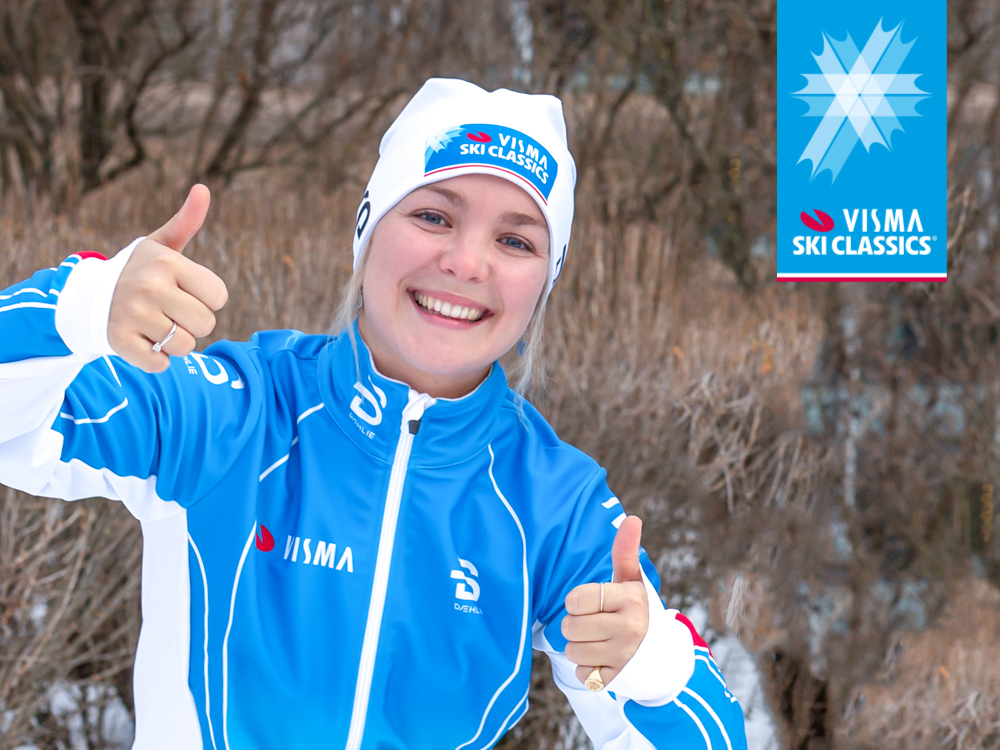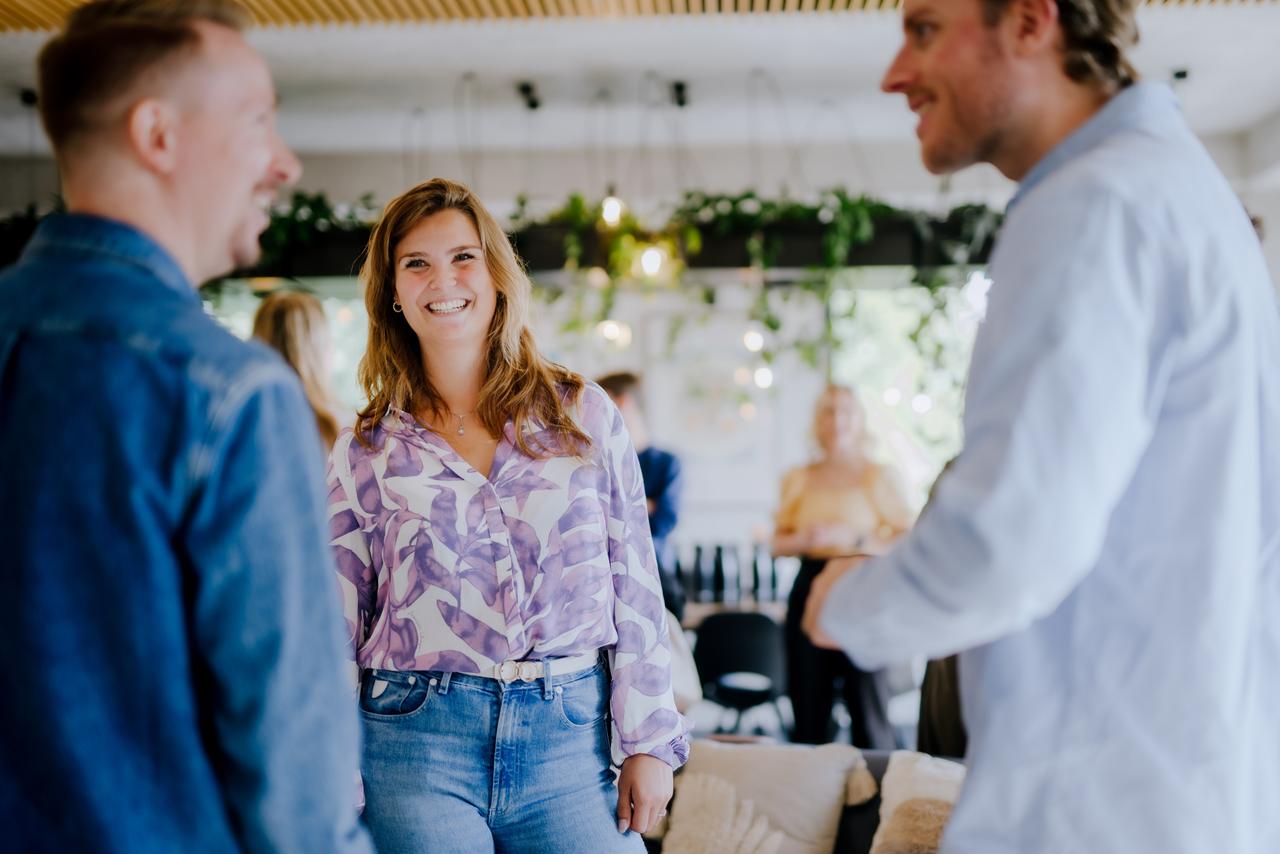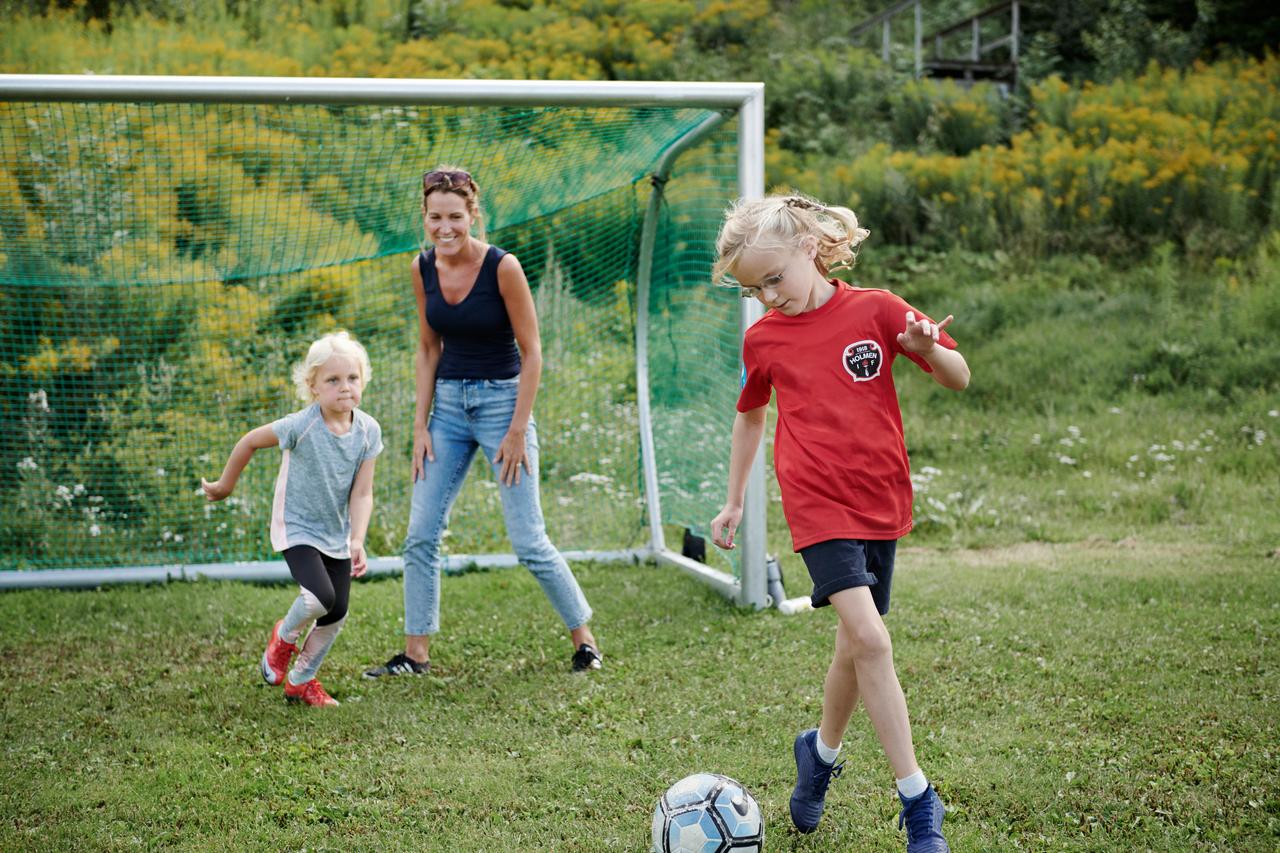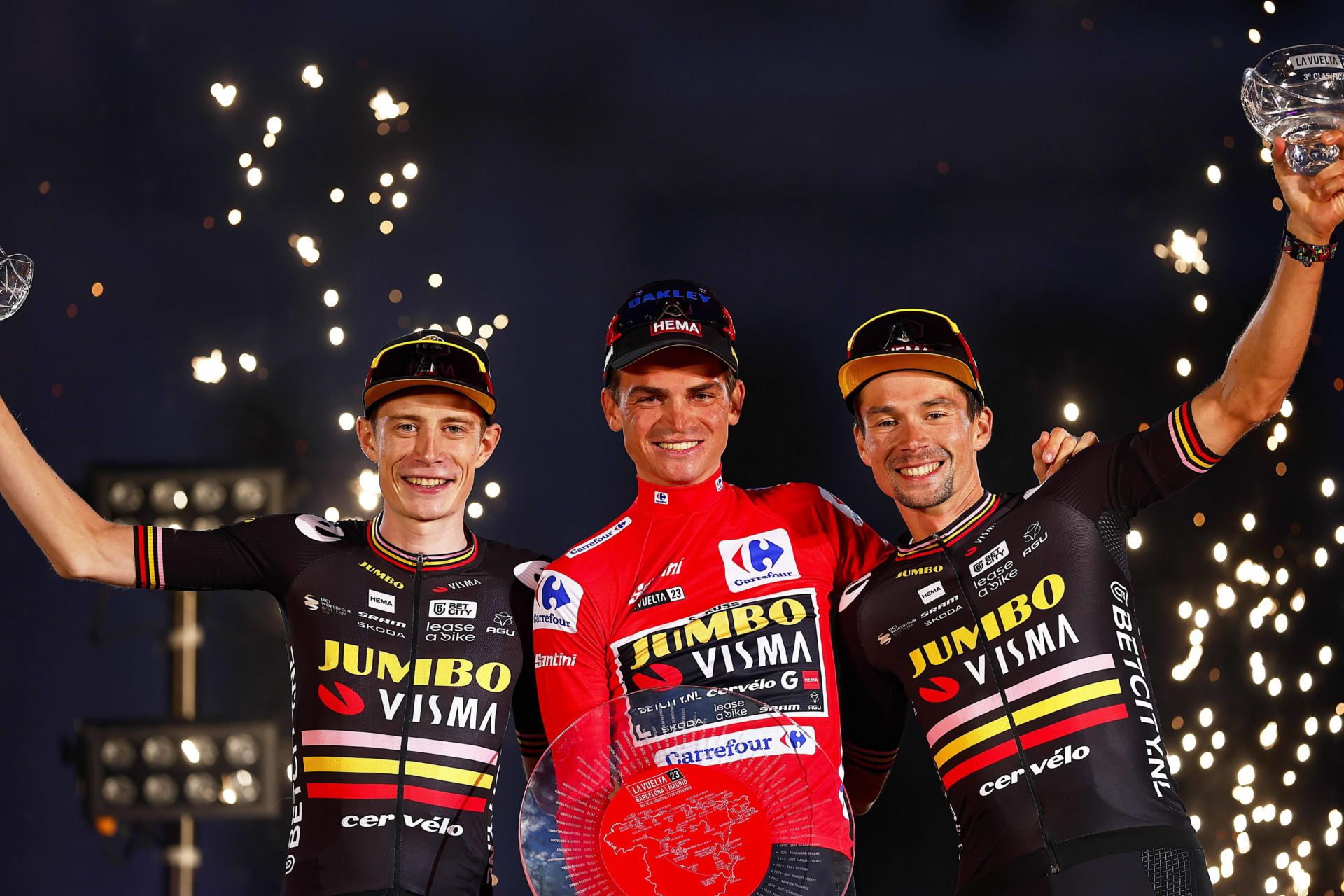This blog post is written by Benedikte Friis, one of the two Norwegian participants in Project Ylläs-Levi.
Time flies, and it’s now less than a month left for the Ylläs-Levi race. So what are my top four news since last post? Here is a short overview:
- 10th of February, first race ever, Holmenkollmarsjen, 54 km in 5 hours and 44 min
- 14th of February, I got a new team member, Fredrick Strøm from Visma Consulting
- 8th of March, I outperformed my old skis and bought myself a new pair on my birthday
- 17th of March, I finished Birkebeinerrennet, 54 km in 5 hours and 36 min
Face the challenge as soon as possible
I decided to sign up for Holmenkollmarsjen, a 54 km race in Oslo. The decision was based on recommendations from last years Ylläs-Levi contestants. I thought Holmenkollmarsjen would be a safe start, located 30 minutes from home and in familiar terrain.
In addition, my parents were visiting and had promised to be my personal cheerleaders at the finish line, together with my boyfriend. How could I say no to that? But, most importantly, this race would be a good test on how to handle my diabetes during long periods of physical activity.
A full-time job
Eight years ago I was diagnosed with diabetes type 1. Diabetes type 1 is an autoimmune disease, which is caused by your immune system attacking beta cells, responsible for producing insulin in your body.
Today, I live a good life with diabetes. I measure my blood sugar level 6-10 times a day, all depending on my activity level, and I have an insulin pump which injects insulin into my body every five minutes. This is vital for me as I’m only able to be disconnected from my pump for maximum one hour before my health enters a critical stage. Sports affect my blood sugar, so I become more insulin sensitive, meaning I need less insulin. But if I’m active and get too little insulin over time my blood sugar will increase.
But it’s not only the activity level that affects my blood sugar. The amount and type of food I consume, alcohol I drink, amount of sleep I get, feelings and hormones released from stress and adrenaline also affects it. Hence, I say that having diabetes is like having a full-time job, besides your full-time job.
Succeeding my own way
My diabetes is one reason why I didn’t want Ylläs-Levi to be my first long race. I wanted to 100 % prepare and plan on how to keep my blood sugar under control for such a long time, so I started with Holmenkollmarsjen. First, how much energy will I use and how much food will I need to bring? Second, when should I take breaks and how far are there between the food stations? Third, how do I prevent my diabetes equipment from freezing in the cold?
These were all things I needed to prepare for to prevent anything dramatic happening on the way. I tried to put all my expectations on a good finishing time aside, and during the race I was constantly reminding myself to “remember to measure”, “remember to eat”, “you have to keep the breaks you agreed to”. This can be quite challenging when you at the same time are a competitive girl who wants to perform and get a good finish time.
My experience and constant attention to my blood sugar brought me through Holmenkollmarsjen in good condition, and with a satisfying blood sugar level all the way. As I reached the sign indicating that it was 2 km left and I saw Holmenkollen in the far distance, I was not able to breathe. Not because of exhaustion,, but because of tears of joy! This is far beyond what I’ have previous accomplished while being diagnosed with diabetes, and I am really proud of myself.
Openness about your weaknesses
Being open about my diabetes becomes very important in a project like this. Early on I had a chat with coach Tor Eirik, and we agreed on where to keep my “emergency juice” and that we plan the trainings so I have time to measure and feel secure. Also, when Fredrick entered the project we talked about it and he comforted me as he is a Red Cross volunteer, so I will be in safe hands if anything happens.
We laugh a lot about the amount of food and drink supplies I always carry with me for training, and the other day I made an exception to share one of my bananas with Fredrick. This only happens when I am 100% sure I have enough for myself. Not being a greedy person in general, it is funny to see this side of oneself.
New skis, exhausted and feeling not ready
I bought a new pair of skis for my birthday, nine days before Birkebeinerrennet – “the race” to participate in if you’re a Norwegian cross country enthusiast.
I thought a new pair of skies would ease my life, and lift me to another level over night. However, I underestimated the need to get used to the skies and it felt like my ski development was put three steps back . After two evening runs and one training with the project, I still didn’t master the skis. The last training before Birkebeinerrennet, I ended up with serious cramps in both legs, and with sore muscles like never before. I emptied the pharmacy from magnesium and other sorts of easy absorbable pain killers.
The following days I was so exhausted and I worried for the following Saturday. In addition, it was indicated to be -25 degrees for the upcoming race day. Suddenly, it all became a little too much for me; feeling out of shape, being afraid to get cramps during the race, my diabetes, how to deal with the cold, and how to wax the skis to be able to finish?
Finishing my second 54 km race in less than three months
The Thursday before Birkebeinerrennet, I had my first appointment with my diabetes nurse in Norway. As I casually told her about my weekend plans, she looked at me with big eyes. She had me cross-checked me and told me about all the precautions I had to be aware of as a diabetic doing such things as cross country races. She consulted the doctor, and they agreed not to send me to the race without a sensor which constantly would measure my blood sugar, and a controller that showed the trend. I could come and have it attached to my body the next morning. And so I did.
They wished me good luck and was very keen to keep me under surveillance. Apparently, it is not often they meet people in my situation doing this kind of “stuff”. I felt so happy! It really seemed like they understood how much concern I have every day and they made sure that I would have one concern less.
Birkebeinerrennet was a though but amazing experience. Sunshine, good vibes from cheerful people along the tracks and colleagues at Camp Birken Afterski but also my skis, which a friend of mine had prepped for me worked perfectly. My backpack was maybe a little to heavy (overload of food supplies), but hey – safety first!
With two races of 54 km behind me, I feel more ready than ever for the upcoming Ylläs-Levi race on April 14th. However, I must admit that adding 16 km seems a lot extra when you arrive at the finish line after 54 km completely exhausted. I feel confident that my preparations both in terms of knowing my blood sugar and getting the help I need with training and medical support, makes me able to complete the race in a months time.
I have said it before but I have to say it again; I am so grateful to have become a part of project Ylläs-Levi! Thank you everyone who is involved or following the project!




